can lighten your teeth by two or more shades on the 20-leveled tooth shade chart, and thereby give the brightness of your smile a nice noticeable boost.
Reasons for tooth discolorations
The original color of our teeth is something we are born with. Also, even the most careful dental care can’t keep teeth from becoming a little discolored in the course of a lifetime. Dental enamel wears off, and the yellowish color of the dentin shimmers through more noticeably. Pigments from coffee, tea, red wine, lively colored spices like curry, or nicotine are deposited in the uppermost layer of the enamel.
Also, teeth can become discolored from the inside: Certain medications (antibiotics, blood pressure lowering drugs, antihistamines and others) cause a darkening of the enamel. Devitalized (after a root canal treatment) or dead teeth (in the wake of, e.g., a tooth fracture) tend to become darker, too, a discoloration that may be the result of haemorrhaging into the dentin. Finally, some illnesses may lead to tooth discolorations, too.

You can get further Informations about the costs of veneers in our download section(german only) or directly in our Practice in 1010 Vienna.
When is bleaching an option – and when isn’t it?
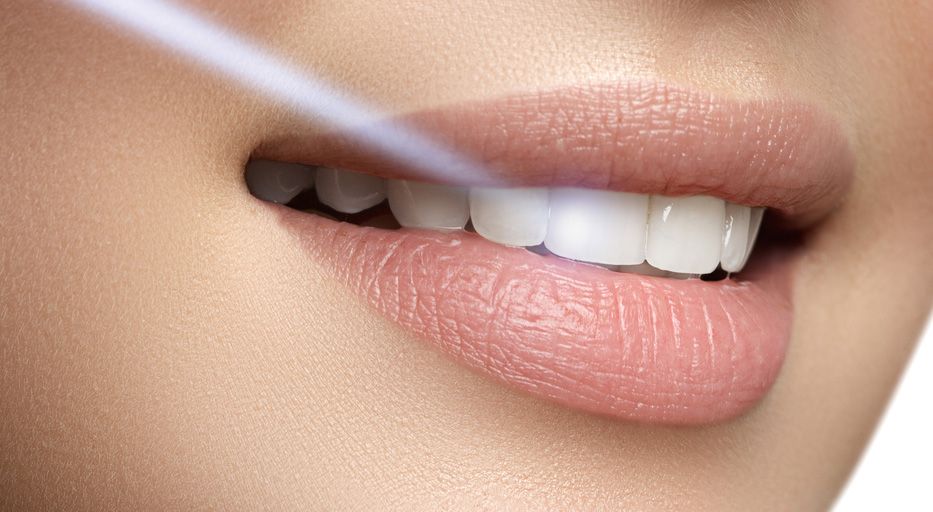
Thorough removal of plaque and tartar and a final polishing: A professional oral hygiene procedure will always be our first step towards lighter teeth. If you are not satisfied with the results, bleaching could be our next move. However, your teeth need to be healthy and in good shape. Active tooth decay, loose fillings or enamel defects are contraindications, as the bleaching agent could permeate too deeply into the tooth through these weak spots, causing pain and damaging the dental pulp.
If you have numerous dental reconstructions (fillings, crowns, bridges, implants) it is important for you to know that these are not susceptible to bleaching! Similarly, devitalized teeth cannot be bleached from the outside, but generally respond well to an internal bleaching (see below). Even if you settle for home bleaching, don’t skip the initial consultation with your dentist. A thorough examination, medical expert opinion and advice are of the utmost importance when dealing with bleaching agents that can cause damages to gums and teeth if handled or applied incorrectly.
How your whitened teeth stay white longer

Bleaching is not cheap, and home bleaching involves quite a bit of work. To make sure the result is as longlived as possible, go easy on the coffee, tea and red wine, and put some extra effort in your home dental care.
Also, whitening toothpaste is something you might consider to preserve your lighter tooth color: It contains tiny abrasive particles that can actually remove a certain amount of hard deposits from teeth in the home care setting.
Be careful not to overuse them though: once a week is enough, as the abrasive particles attack the enamel, too. With some effort, the whitening effect of a bleaching can last for a year or even longer.
Allright. So, how does bleaching work and what options are there?

A tooth whitening procedure involves bleaching agents that contain hydrogen peroxide. Over-thecounter bleaching products free to be sold in drugstores without first consulting a dentist contain under 0,1 percent hydrogen peroxide.
Home bleaching kits for sale at dentist’s offices and only to be used after consultation with a professional come with whitening gels that have up to 6 percent hydrogen peroxid content. During an in-office bleaching procedure, your dentist will use bleaching agents with even higher peroxide content.
Strips, gels, trays: Are whitening kits from pharmacies and drugstores any good?
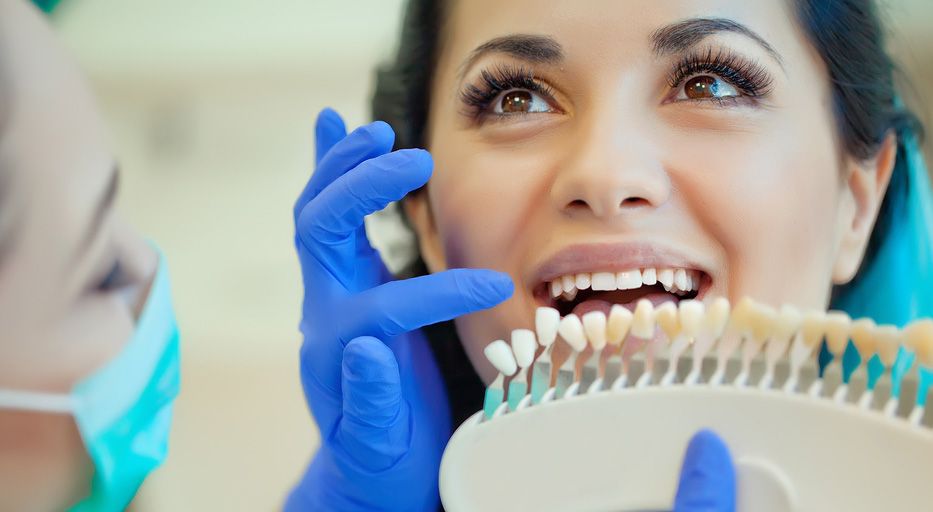
To make a long story short: Not really. The good news is that those products are completely harmless. But this also means their whitening effect is so tiny that the application is usually not worth the bother. Effective bleaching kits for home use are medical products that, in accordance with the law, may only be sold in medical offices.
Home bleaching kits from your dentist
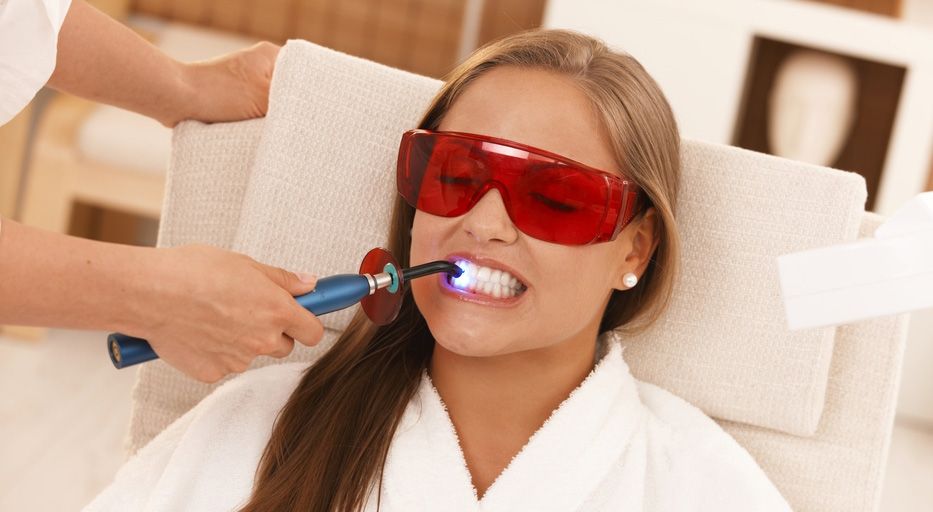
After a thorough examination of your teeth, the dentist will take an impression of your tooth arches and manufacture an individual bleaching tray. You will take the tray and the bleaching gel home and apply them as instructed by the dentist. Usually you will apply the gel on several consecutive days. Sensitive teeth might require a break of one or two days between applications. Depending on the degree of whitening desired, a bleaching cycle might be five or ten days, sometimes longer.
For the application, put a thin line of gel into the tray (or some drops in each tooth indentation – don’t overfill!) and insert the tray into your mouth, setting it firmly against your teeth. Many find it convenient to simply leave the tray in overnight, but the gel will loose most of its activity after a couple of hours in the mouth. If your teeth are somewhat sensitive, application of an enamel-hardening fluoride gel before and after bleaching may prevent a painful reaction. Ask your dentist for a recommendation!
In-office bleaching (power bleaching)
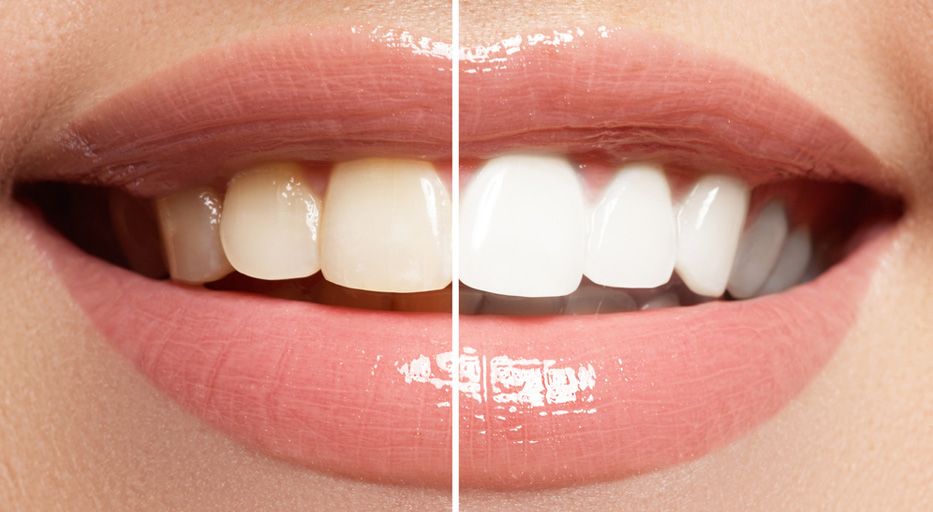
Doing the bleaching in our office, we are allowed to use even higher concentrated, extremely effective bleaching agents. The procedure takes between 15 and 45 minutes. A protective plate keeps your gums from being attacked by the peroxide. Generally, we will choose a relatively short exposure time, check the result and repreat the treatment if necessary. This way, we can avoid extreme results – teeth that are too white will look unnatural in many cases.
Internal bleaching
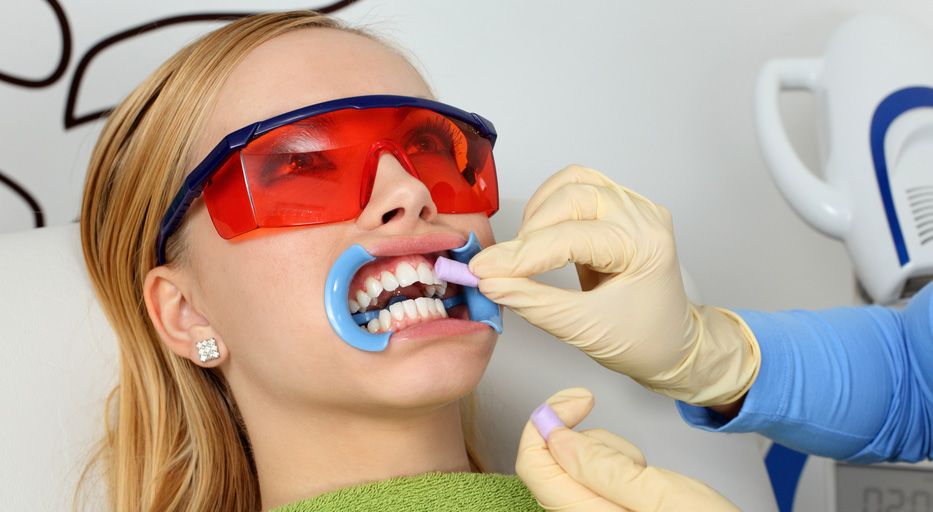
Discolored root canal treated teeth can be whitened by an internal bleaching. The procedure involves removing the filling from the tooth crown and bringing a bleaching agent into the cavity. The tooth is sealed with a temporary filling, and the bleaching agent is activated by light.
After some days, the tooth interior is rinsed out, and the crown is provided with a new composite filling. It takes some time for the bleaching agent to work its way through the dentin to the outer layers of the tooth – so it is quite possible that there is some delay before the lightening effect starts showing.
Side effects of bleaching
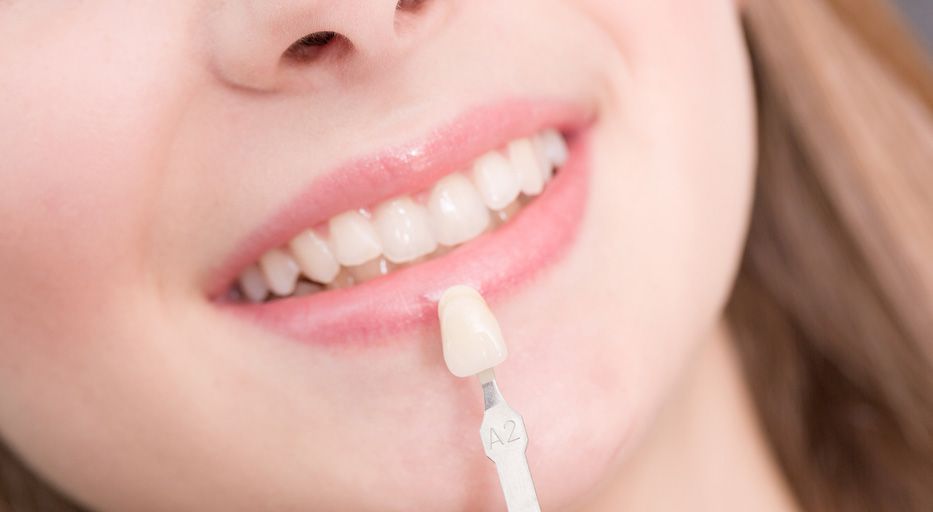
A bit of pain, temperature sensitivity and other signs of hypersensitivity are quite common during and after a bleaching and normally subside in no more than a couple of days. A fluoride gel helps, as it promotes remineralization of the dental enamel. Exposure of the gums to the bleaching agent leads to soreness.
Accidentally swallowing the gel causes irritations of the mucosa in the throat area and stomach. Scientific studies have shown that home and in-office bleaching are generally safe procedures that don’t harm the teeth if done professionally. Internal bleaching however carries a certain risk: Devitalized teeth may actually get brittle from it.
